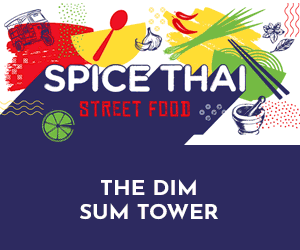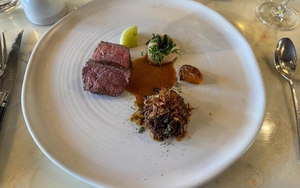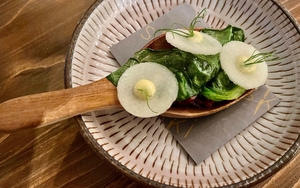...well a bit
FOR a while now, it has seemed that new independent restaurants have been opening in the city on a near-weekly basis. The national chains may suck as many people as ever up the escalators to the Liverpool One terrace, but for those in search of a menu that wasn’t concocted in a multinational’s boardroom, the choice has never been greater.
Not that there’s necessarily anything superior about independents. Diners can have many reasons for choosing the more predictable chain restaurant experience over something riskier, more variable and less familiar, but even those who prefer their meals shipped in from an M25 distribution hub probably recognise that the presence of more independents makes for a healthier culinary scene.
So how fit is Liverpool in this regard? According to new research commissioned by the Northern Restaurant and Bar trade show, things would appear to be fair to middling. Not that you’d initially get that impression from their press release, which pursues an intercity warfare line by trumpeting Liverpool’s 6.5 percent growth in indie outlets over the last three years as “twice that of Manchester’s”.
If beating the Mancs is all we’re bothered about, then let’s get a pan of separatist scouse on the go right now and leave them crying onto the shoulders of their tarts.
But beyond the media blurb, it’s clear that things could be better. Leeds and Newcastle top the table, making Liverpool’s expansion look positively sluggish. Both have enjoyed growth of 12.8 percent in their independent restaurant and bar sectors over the last three years. (The research focuses only on cities with over 100 independent restaurants, defining independents as “operators having *less* than three sites”.)
Both Liverpool and Manchester appear in the bottom half of the table, at 11th and 12th place respectively from a field of 15. Only Southampton, Edinburgh and York sit below us both.
The truth is, of course, that growth rate figures alone don’t give enough information to draw any useful conclusions. Rapid growth from a very low base is a great deal easier than expanding a sector which is already mature and thriving. As if to illustrate the point, the Northern Restaurant and Bar statement mentions some smaller cities which weren’t included in the survey.
“Sunderland and Hull top the overall national charts with incredible growth rates of 23.4 percent and 17.2 percent respectively,” it says. London’s growth, on the other hand, was a mere 7.4 percent.
Still, nothing beats a context-free league table on which to hang a story, and the figures are soon revealed to be a means of publicising the Northern Restaurant and Bar trade show in Manchester which runs this week, 21-22 March.
According to Thom Hetherington, the show’s CEO: “Visitor registration to NRB is at record levels, with many exhibitors and visitors from around the Liverpool city region due to attend. This demonstrates the confidence and ambition of operators in the area.”
We should perhaps simply be happy that growth is better than stagnation, while recognising that there’s always room for improvement.
For the Northern Restaurant and Bar show, it represents a “continued boom in ambitious, independent restaurants across the north of England” that is driving “the north’s biggest hospitality show to record-breaking levels”.
For the rest of us, perhaps we should take the press release at face value and accept that it gives us bragging rights over our neighbours down the M62.
“That’s enough about your bloody Joy Division,” we can say. “How’s your independent restaurant sector growth rate?”















